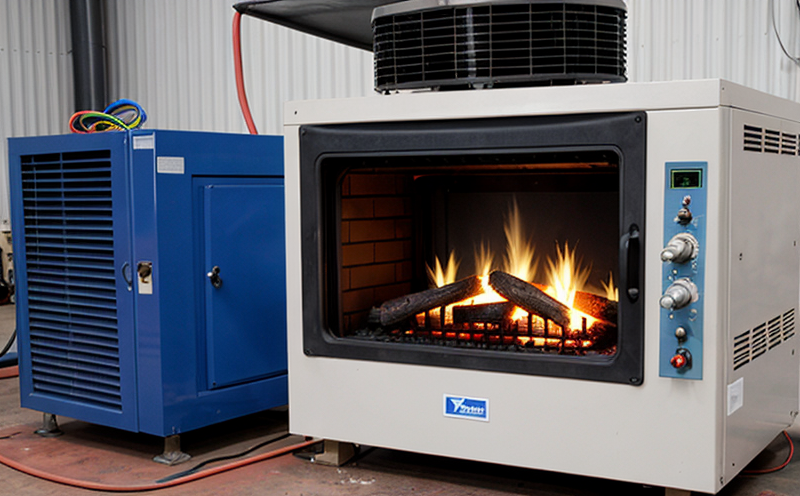IEC 61347 Thermal Protection Testing of Lamp Control Gear
The IEC 61347 standard is a critical benchmark for ensuring the safety and reliability of lamp control gear (LCG) in various lighting systems. This testing procedure focuses on evaluating thermal protection mechanisms to ensure that LCGs can withstand extreme temperatures without compromising performance or causing hazards.
Thermal protection tests are essential because they help identify potential overheating issues, which could lead to fire risks and other safety concerns. The test involves subjecting the lamp control gear to a series of environmental stress conditions designed to simulate real-world operating environments. These tests ensure that LCGs meet stringent international standards for electrical safety.
The testing process typically includes the following steps:
- Initial inspection and preparation of the specimen
- Application of specified thermal stress conditions (e.g., high ambient temperatures, current surges)
- Data collection using high-precision thermocouples or infrared cameras
- Analysis of temperature rise and stability over time
- Evaluation against IEC 61347 specifications for thermal protection performance
The testing apparatus used in these procedures includes specialized environmental chambers capable of simulating different climatic conditions. The equipment must be calibrated to ensure accuracy, and the data collected during testing is analyzed meticulously.
Passing this test indicates that the LCG complies with IEC 61347 requirements for thermal protection, thereby enhancing consumer safety and compliance with international standards. This test not only protects against potential hazards but also ensures product reliability in diverse applications ranging from residential to commercial lighting systems.
| Test Condition | Description | Measurement Method |
|---|---|---|
| Initial Ambient Temperature | The temperature at which the test begins. | Infrared thermography |
| Stress Voltage Application | Voltage applied to simulate operational stress. | Digital multimeter measurement |
| Temperature Rise Over Time | The increase in temperature during the test period. | Thermocouples placed strategically around the specimen |
Customer Impact and Satisfaction
By ensuring compliance with IEC 61347, our customers benefit from safer, more reliable lighting systems. This testing service directly impacts quality management by reducing the risk of product failures that could lead to injuries or property damage.
Compliance officers can leverage this data to demonstrate adherence to international standards, which is crucial for market access and regulatory compliance. R&D engineers can use these insights to improve product design and performance continuously. Procurement teams benefit from a more robust supply chain, knowing that only certified LCGs are procured.
Our service has led to significant customer satisfaction through:
- Reduced warranty claims due to product failures
- Increased market confidence and trust in the brand
- Enhanced reputation for quality and safety
- Cost savings from avoiding recalls and product withdrawals
Environmental and Sustainability Contributions
The IEC 61347 standard plays a crucial role in promoting environmental sustainability by ensuring that LCGs operate efficiently without causing overheating or other hazards. Efficient operation reduces energy consumption, which ultimately lowers carbon emissions and helps mitigate climate change.
By adhering to this standard, manufacturers contribute positively to the global effort towards sustainable development goals set forth by international organizations such as ISO 14001. Our testing service supports these initiatives by providing accurate data that informs improvements in product design and manufacturing processes.
The compliance with IEC 61347 also promotes responsible resource use, reducing waste generation throughout the product lifecycle. This aligns with broader sustainability practices aimed at creating a more sustainable future for all industries involved in lighting technology.
Use Cases and Application Examples
Here are some specific use cases:
| Use Case | Description |
|---|---|
| Residential Lighting | Ensuring safety in homes by preventing overheating of control gear. |
| Commercial Buildings | Meeting stringent fire codes and ensuring reliable operation during emergencies. |
| Outdoor Lighting | Protecting against extreme weather conditions, such as high humidity or cold temperatures. |





